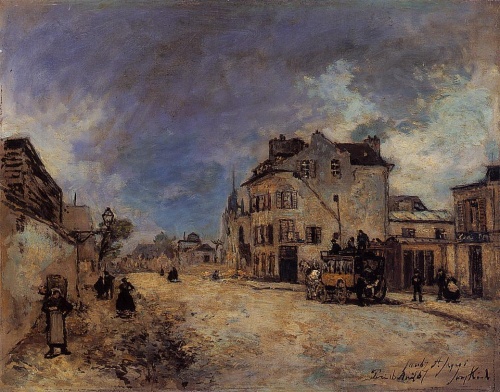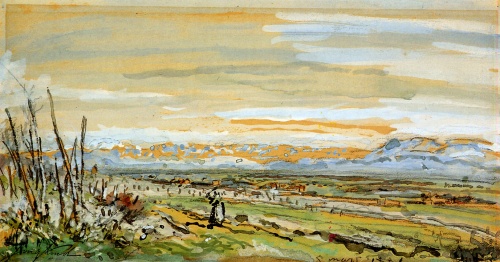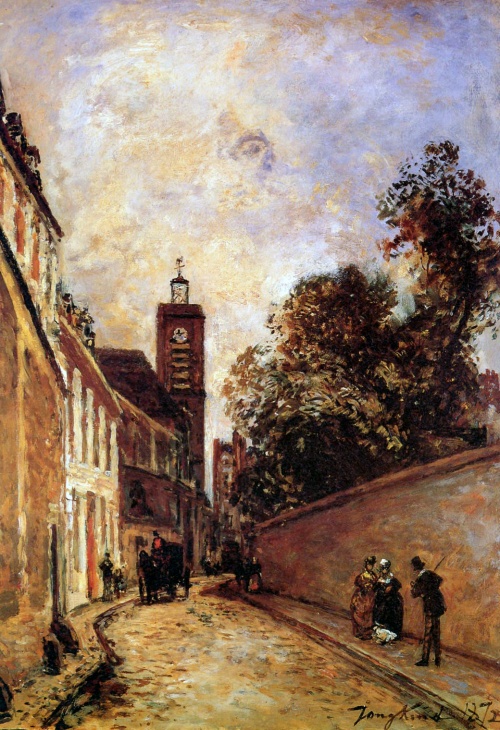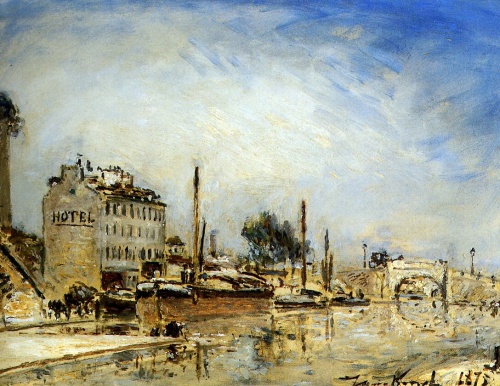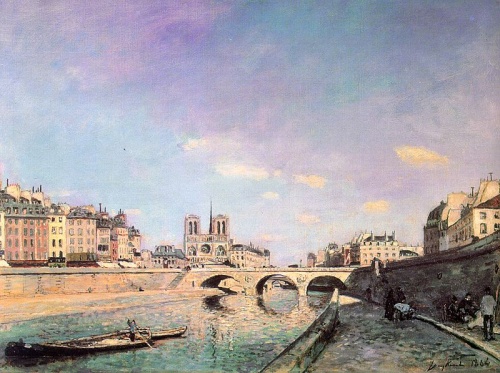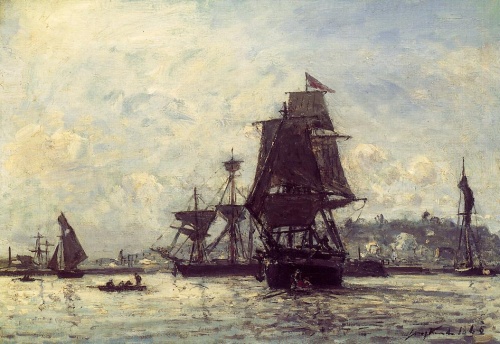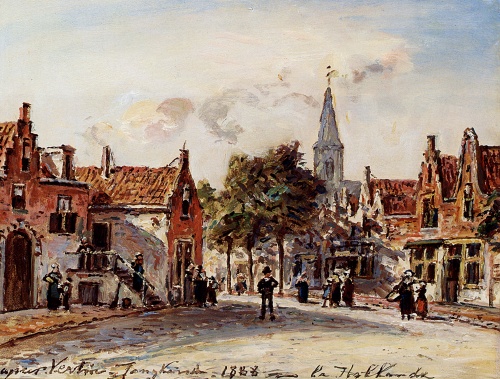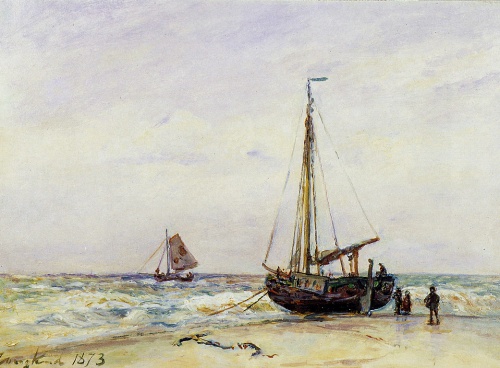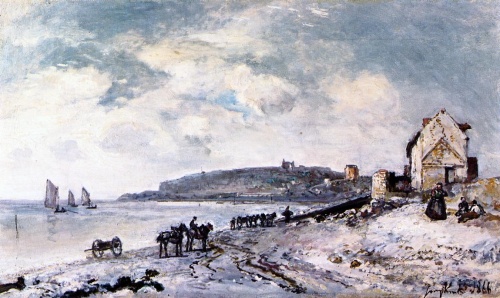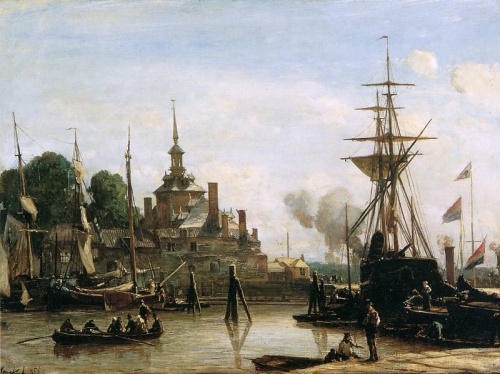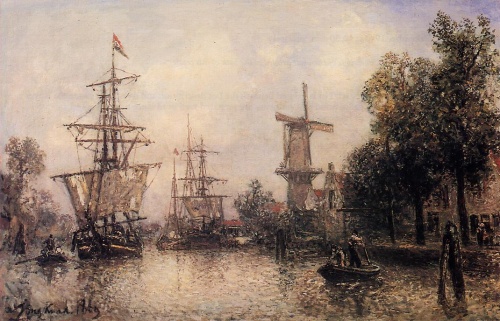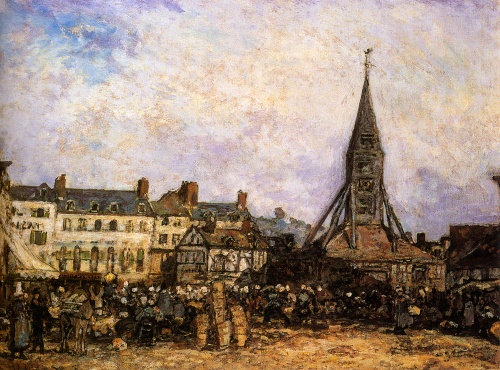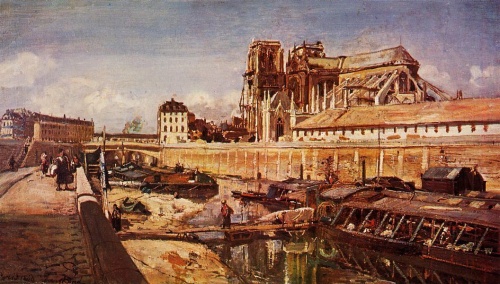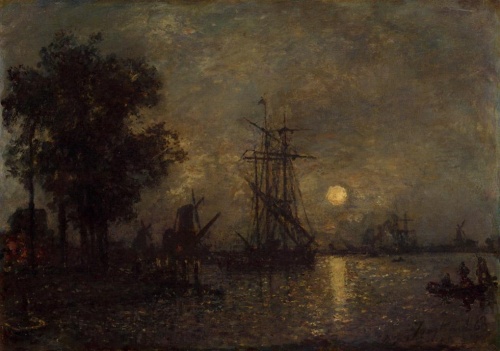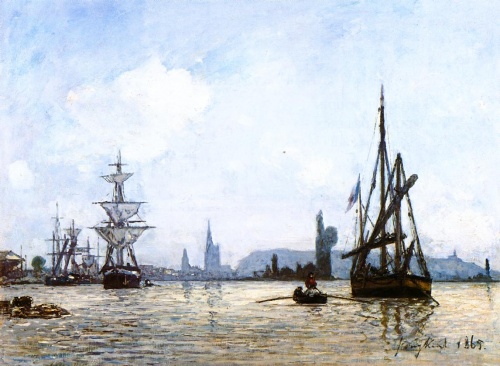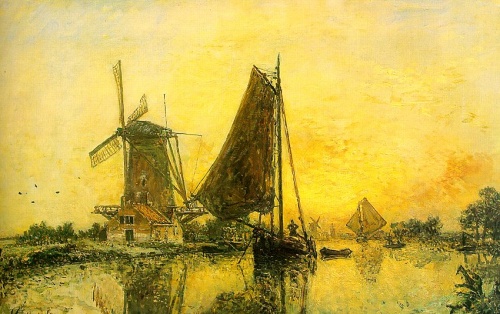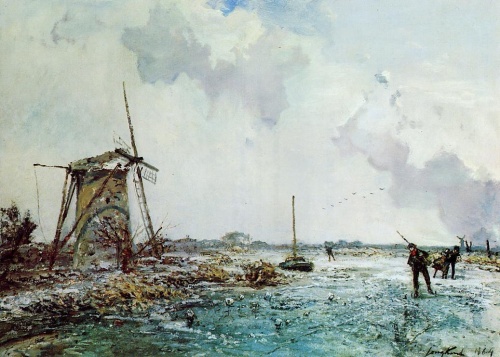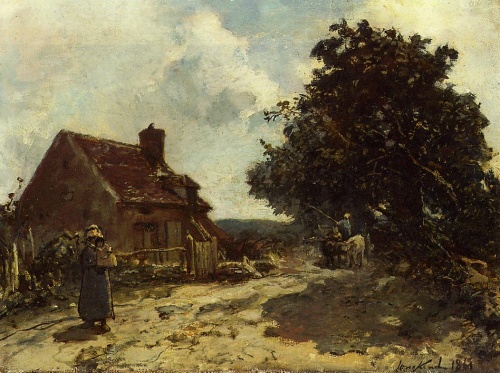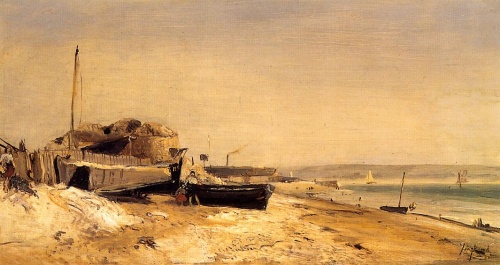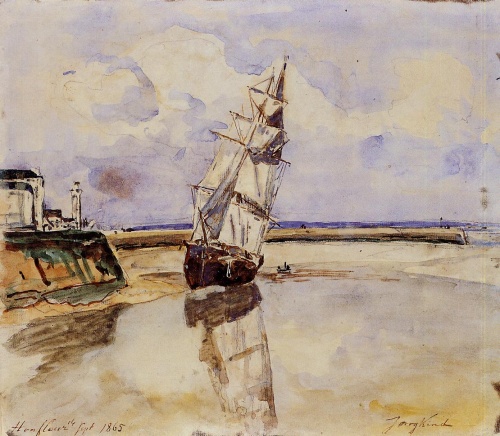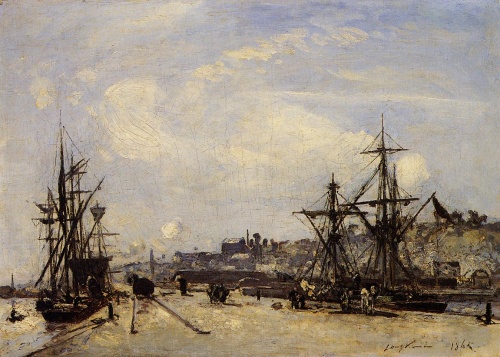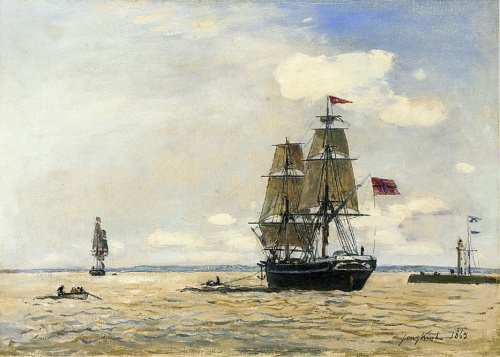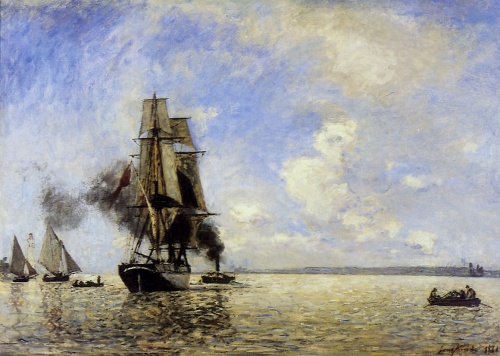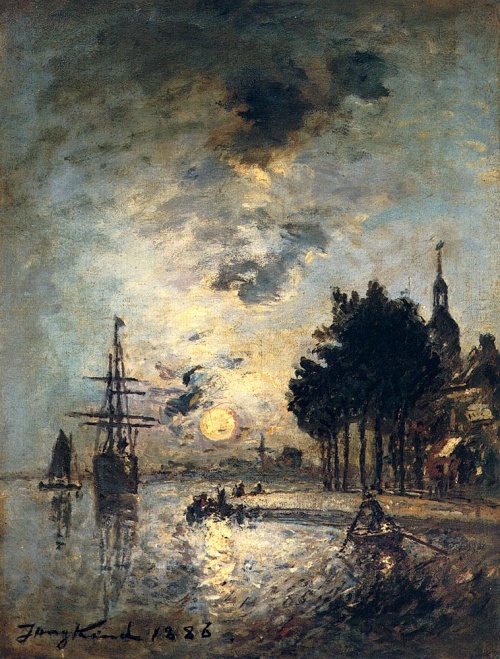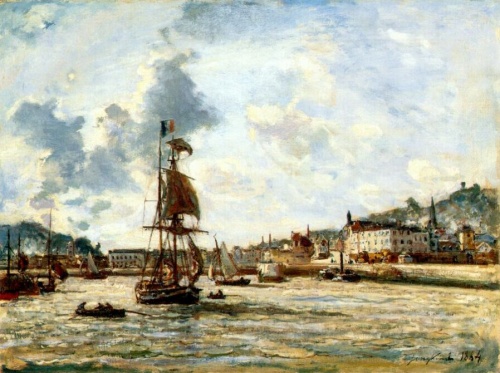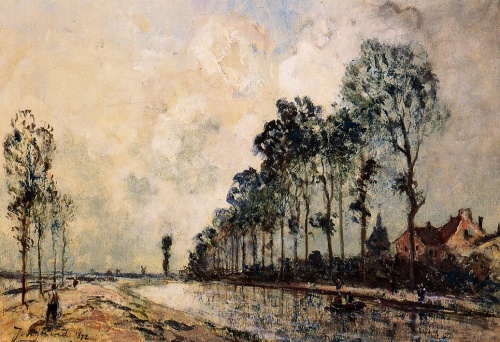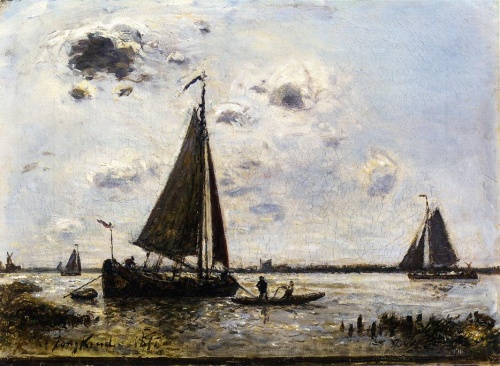Johan Barthold Jongkind (41 works)
Разрешение картинок от 800x531px до 1040x1520px
Johan Barthold Jongkind, or, as his French friends called him, Jean-Baptiste, came from Holland. He was born in the town of Lattrop near Rotterdam, and began to study painting at the Academy in The Hague with the famous Dutch landscape painter A. Schelfhout, who painted winter views of Holland with an eye to classic examples of this genre. Apparently, Jongkind did not consider learning from his compatriots sufficient and, it should be noted, acted as many Dutch painters did. After his debut in The Hague, he went to study in Paris.
After Napoleonic campaigns, Holland entered not only the sphere of political, but also artistic interests of France. Romantic artists discovered the art of Rembrandt, artists of the Barbizon school discovered Dutch landscape painting of the 17th century. In turn, for Dutch artists of the 19th century, Paris was the artistic center where they studied skill and ideas.
Jongkind appeared in Paris in 1846 and entered the workshop of Pico, who at the same time studied with his compatriot, the artist Israels. Quite soon, Jongkind left the workshop, preferring to study with the famous marine painter Eugene Isabey, whom he met on the banks of the English Channel. The Dutchman Jongkind was attracted by Izabe's paintings depicting the sea and ships, in which he himself would become an unsurpassed master.
If the salon painter Isabé was interested in conveying the external beauty of romanticized seascapes, which he saturated with spectacular contrasts of light, then Jongkind set out to introduce into the picture a feeling of true life, to convey transparent moving air, permeated with light, the shimmering surface of water, the thrill of changing life in nature. These tasks were close to the French painter from Le Havre Eugene Boudin, with whom Jongkind met and was a neighbor in Honfleur. Through Boudin, Jongkind recognized his younger contemporary Claude Monet, who not only sensitively accepted the lessons of the “great marine painter” (as Monet called Jongkind), but brilliantly developed them, creating an impressionistic landscape.
